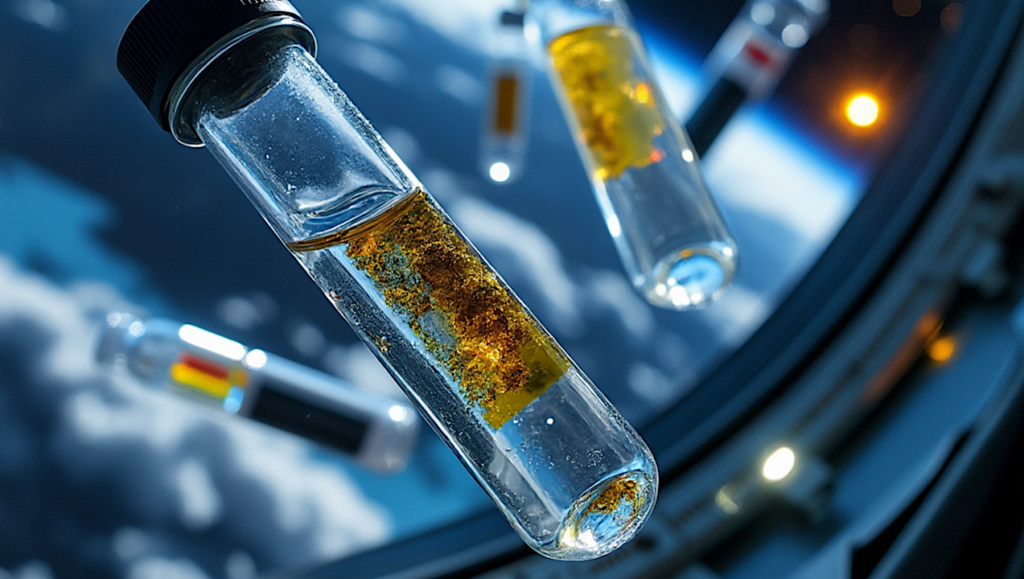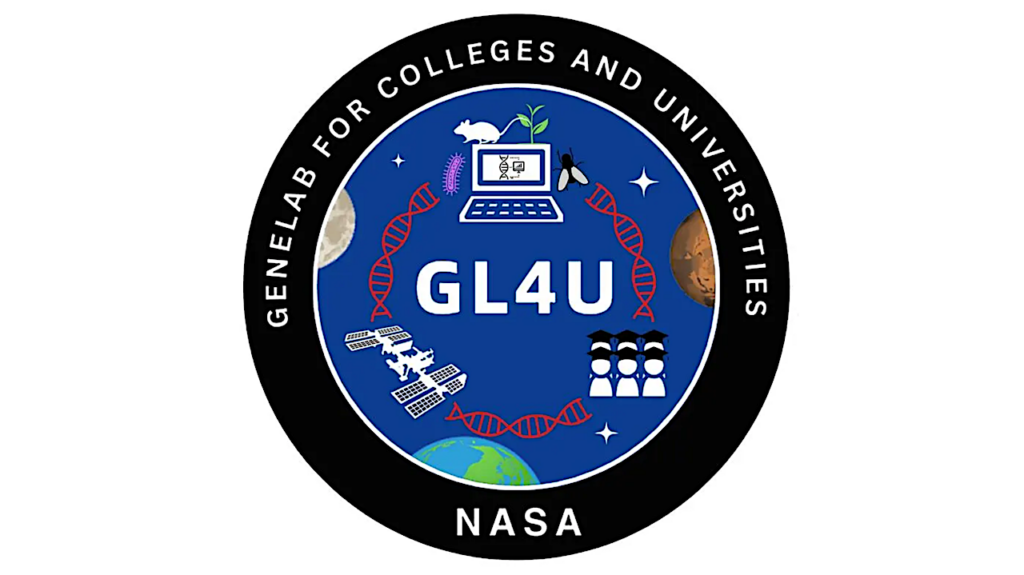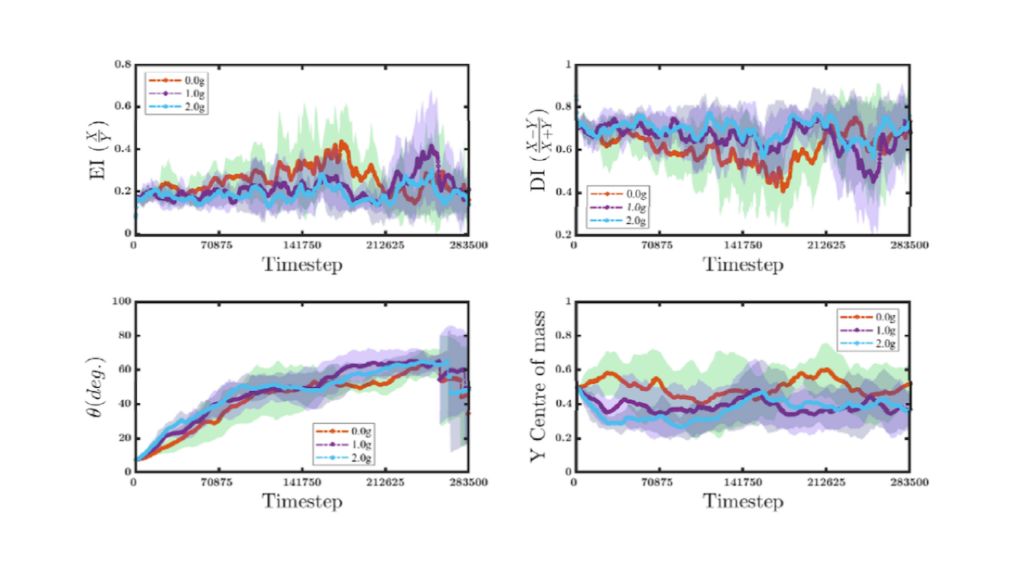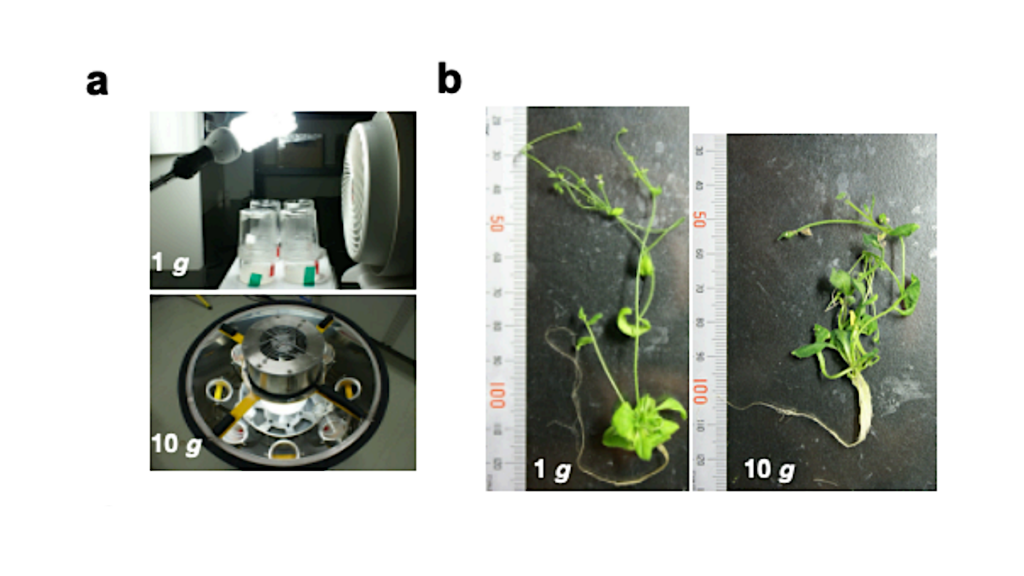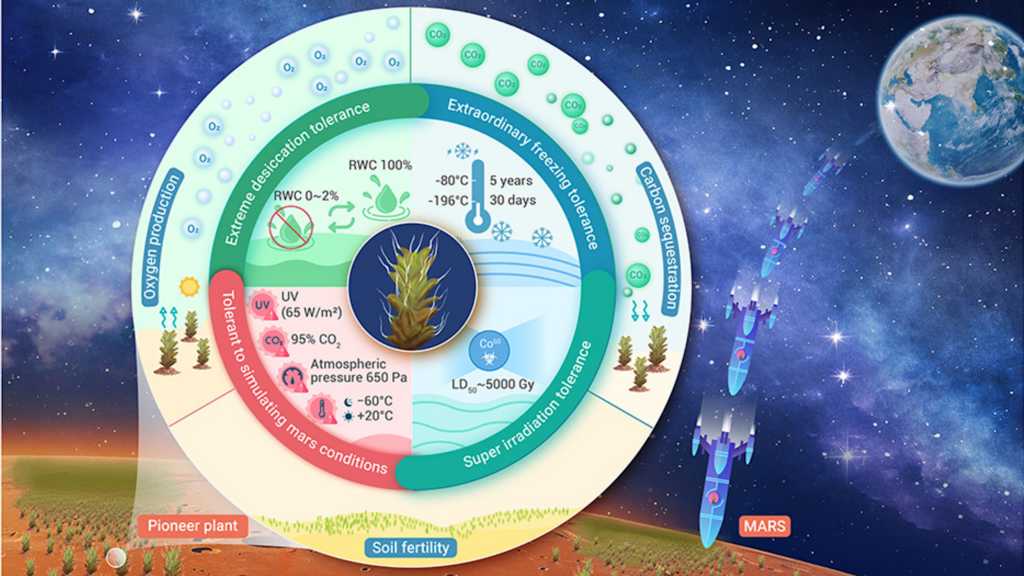International Space Biology Research Mission

NASA and the Russian Institute of Biomedical Problems, Moscow, are collaborating on a space biology mission aboard an unmanned Russian biosatellite to understand better the mechanisms of how life adapts to microgravity and then readapts to gravity on Earth. NASA will participate in the post-flight analysis of rodents flown for 30 days on the biosatellite, Bion-M1, which launched April 19 from Baikonur, Kazakhstan.
Spaceflight is known to have effects on biological systems ranging from the structure and function of individual cells, to the whole organism. To investigate these effects, NASA researchers will study the cellular mechanisms responsible for spaceflight-induced changes on tissues and cell growth in mice, including muscle, bone and the cardiovascular and reproductive systems. They also will study behavioral effects in gerbils. Forty-five mice and eight gerbils will live in low-Earth orbit for 30 days aboard the Bion spacecraft before returning to Earth.
“These scientific findings will help us better understand the mechanisms of life’s response to gravity, shedding light on Earth-bound medical issues and also the development of countermeasures for human space travelers through the use of model biological systems,” said Nicole Rayl, Bion mission project manager at NASA’s Ames Research Center, Moffett Field, Calif.
Until now, the majority of mouse studies in space have occurred on missions flown during the space shuttle era. Typically, those missions lasted no longer than two weeks. The goal of the current Bion-M1 mission is to build on the knowledge of previous space biology missions by extending the duration of the orbital mission to 30 days and by applying more modern and advanced technologies to answer the key questions of each study. Scientific investigations were selected to analyze more fully entire biological systems. This broad range of investigations allows a unique opportunity to advance the knowledge and data available about how spaceflight affects an entire living organism.
Nine U.S. principal investigators were selected through the NASA Research Announcement process to collaborate and participate in this mission. They will study the effects of space travel on multiple tissues, such as blood vessels, spine, knee and elbow joints and the gravity-sensing structures of the inner ear that – on Earth – allow us to distinguish up from down and maintain our balance as we walk.
U.S. and Russian investigators will conduct the experiments on a cooperative basis. Each researcher brings unique expertise to the program. The joint research effort offers the advantages of scientific and cost sharing between U.S. and Russian collaborators. The scientific goals are shared collectively by participating scientists, and the scientific findings will be distributed globally.
The nine U.S. principal investigators participating in the Bion-M1 mission will study the effects of space travel on tissues, organ systems and behavior of rodents that spend one month in space. This includes:
– inner ear balance mechanisms (Larry Hoffman, Ph.D., Geffen School of Medicine at the University of California, Los Angeles);
– organization of tendon-to-bone insertions (Stavros Thomopoulos, Ph.D., Washington University in St. Louis);
– health of knee and elbow articular cartilage (David Fitzgerald, Ph.D., Oregon Health and Science University, Portland);
– arterial vascular structure and function in a wide range of vascular beds (Michael Delp, Ph.D., University of Florida, Gainesville);
– intervertebral spinal disc morphology (Alan R. Hargens, Ph.D., University of California, San Diego);
– male reproductive health (Joseph S. Tash, Ph.D., University of Kansas Medical Center, Kansas City);
– growth and regenerative health of a broad range of mammalian tissues (Eduardo Almeida, Ph.D., Space Biosciences Division at NASA Ames Research Center, Moffett Field, Calif.);
– cellular and molecular function of salivary tissues (Maija Mednieks, Ph.D., University of Connecticut Health Center, Farmington); and in-flight behavior and post-landing recovery of posture and movement (Jeffrey Alberts, Ph.D., Indiana University, Bloomington).
This mission is part of the Space Biology Project at Ames. Funding for the program comes from the Space Life and Physical Sciences Research and Applications Division within the Human Exploration and Operations Mission Directorate at NASA Headquarters.
For more information about Bion-M1, visit: http://spacebiosciences.arc.nasa.gov/mission/bion-m1
For more information about NASA, visit: http://www.nasa.gov


